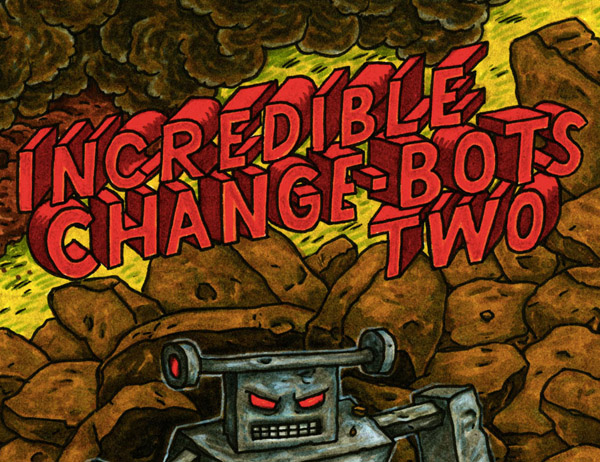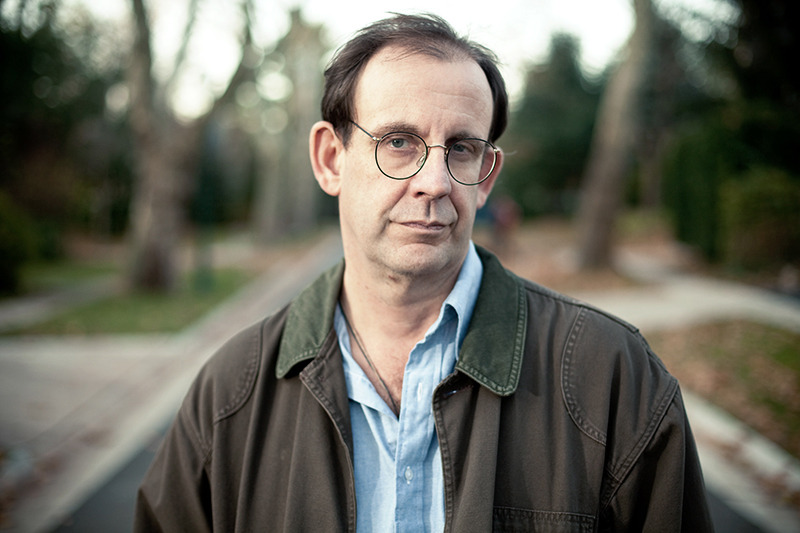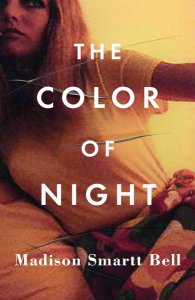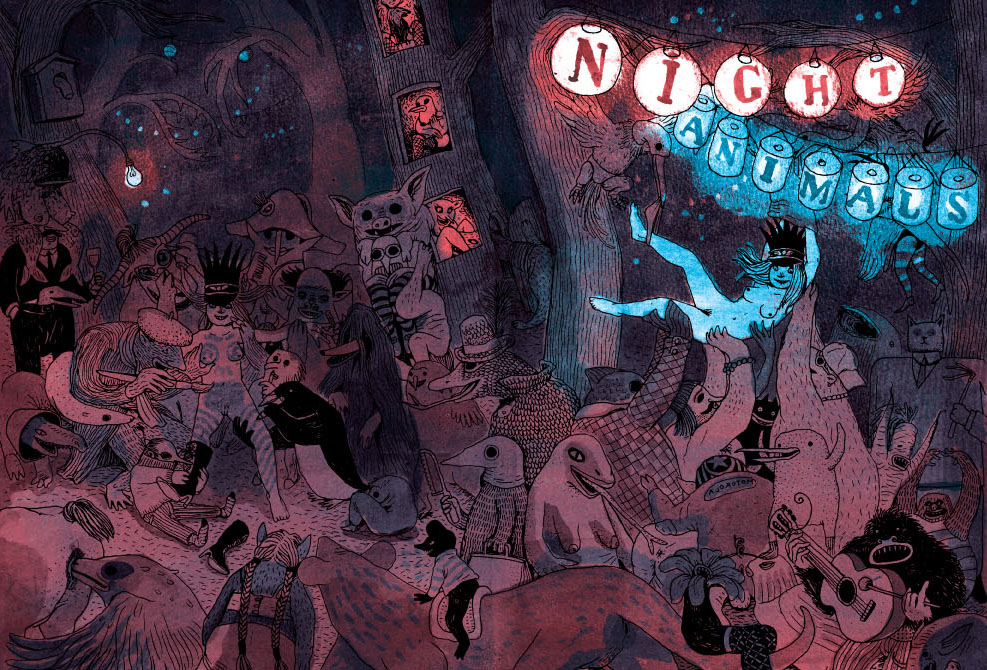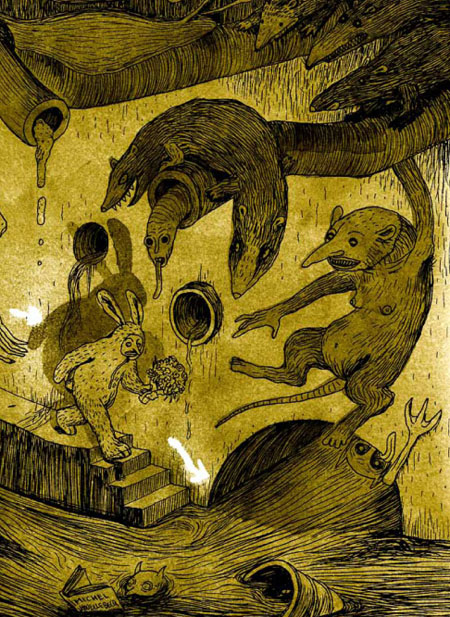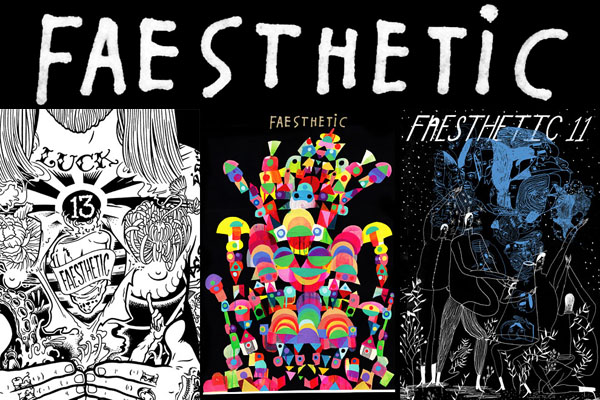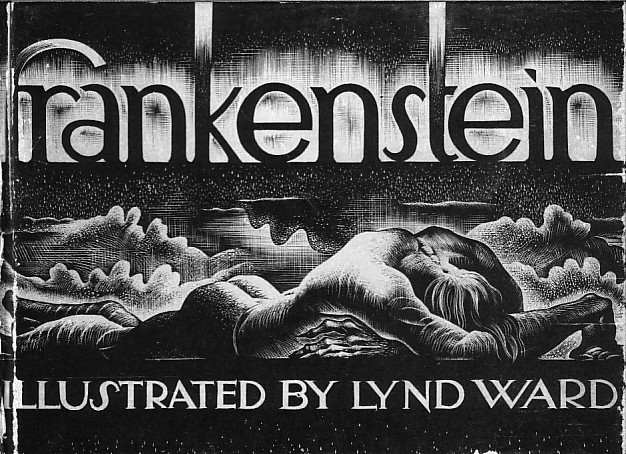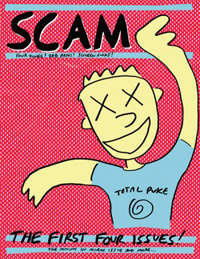 Erick Lyle: Scam (Microcosm, 7/1/10)
Erick Lyle: Scam (Microcosm, 7/1/10)
Erick Lyle, a.k.a. “Iggy Scam,” has made a living out of living for free (and teaching others how to do it too). Since 1991, when he distributed the first issue of Scam in any way that he could — appropriately enough using stolen postage stamps and mail scams — Lyle has shown punks the possibilities of squatting, stealing, and resisting the restrictions of capitalist, corporatist America. The first four issues of Scam are now available in a hefty, polished paperback volume from Microcosm, ready for a new generation of punks to carry on the fight.
Based on his experiences of living in a shared “punk house” in Fort Lauderdale, Florida, and later squatting with girlfriend Ivy in Miami, Lyle has collected a lot of knowledge and stories about dumpster diving, spray painting, shoplifting, and avoiding cops. Scam is incredibly dense and referential; most of it is handwritten in various stages of legibility, and it seems to be directed almost exclusively at the early ’90s Floridian reader. But its stories of free and (not so) easy living will be compelling for anyone who has ever thought of rejecting society’s rules and dropping out of the system.
Like any zine, there are letters to the editor — or more often, reprinted court summons — as well as book and music reviews, comics, and short stories. Accounts of scams done well and scams gone awry are balanced with a good amount of practical advice. By now, most of the scams are outdated; this was 1991, when UPC barcodes were just coming into their own, and many stores didn’t bother with entryway scanners.

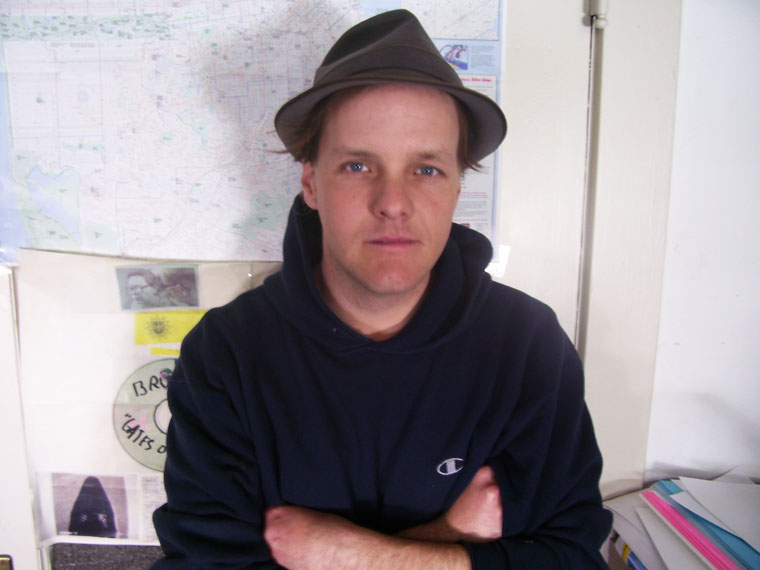
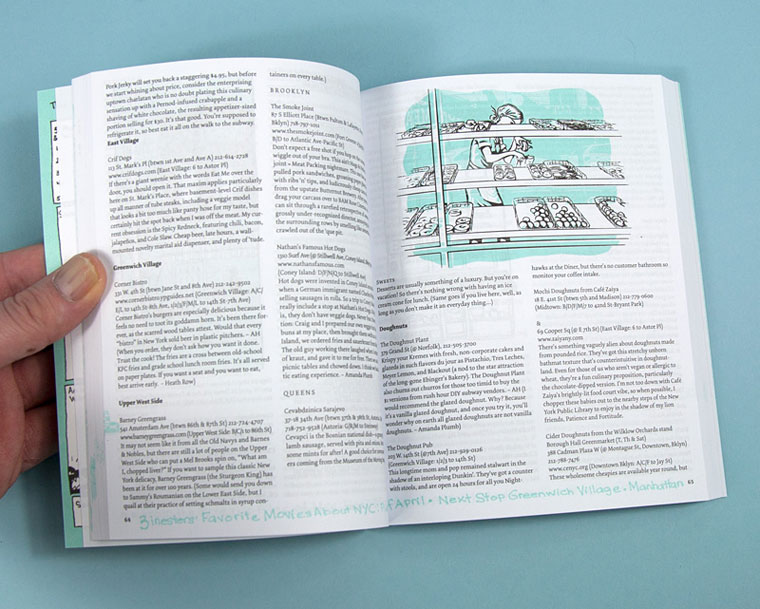
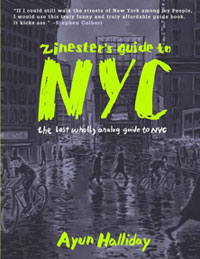



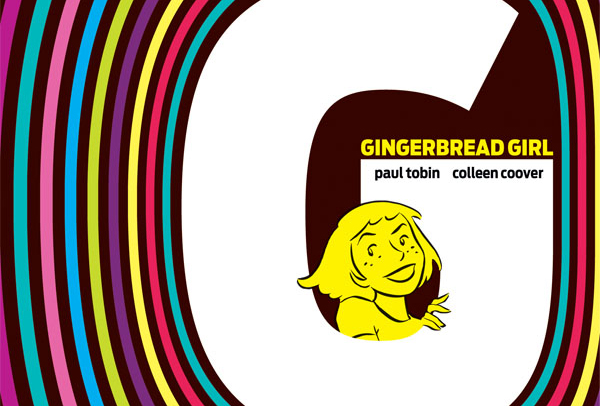
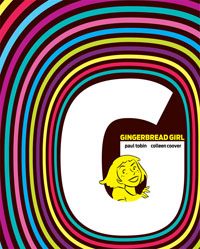 Paul Tobin & Colleen Coover: Gingerbread Girl (
Paul Tobin & Colleen Coover: Gingerbread Girl (
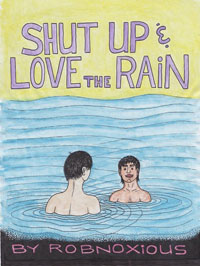
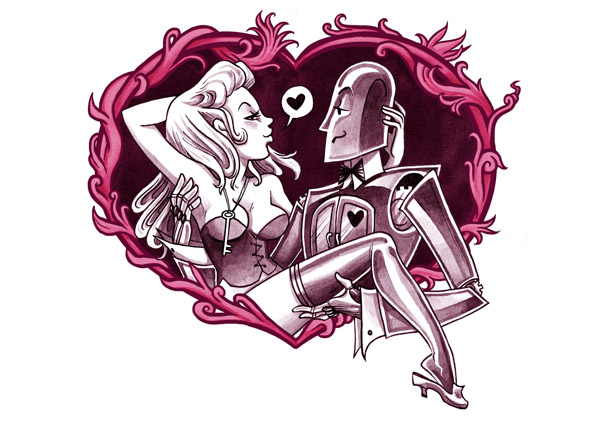


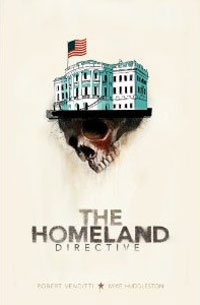 Robert Venditti: The Homeland Directive (Top Shelf, 6/7/11, $14.95)
Robert Venditti: The Homeland Directive (Top Shelf, 6/7/11, $14.95)